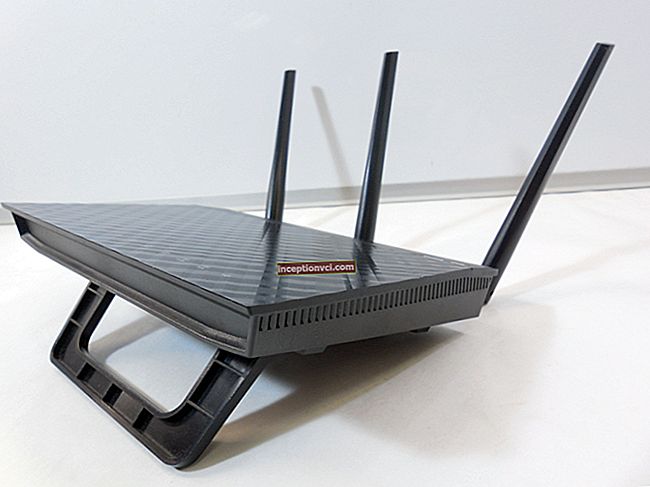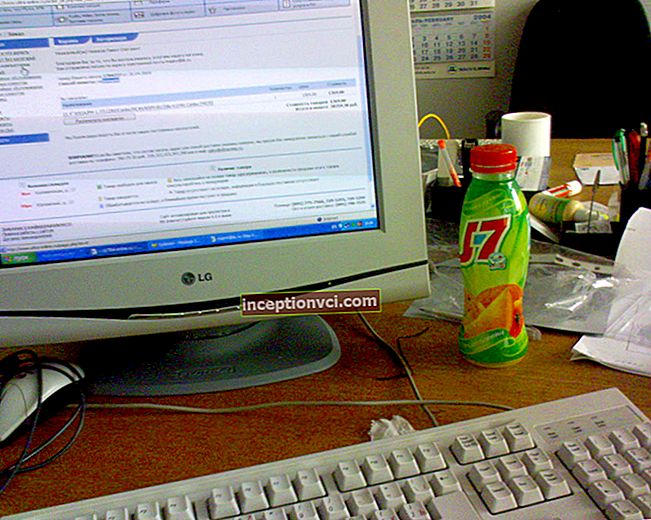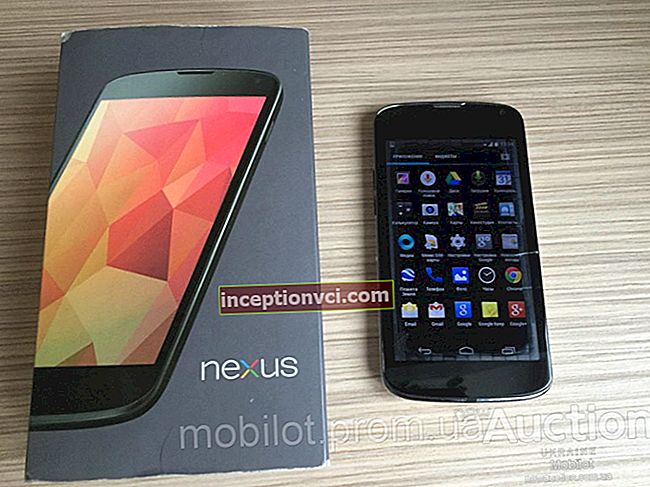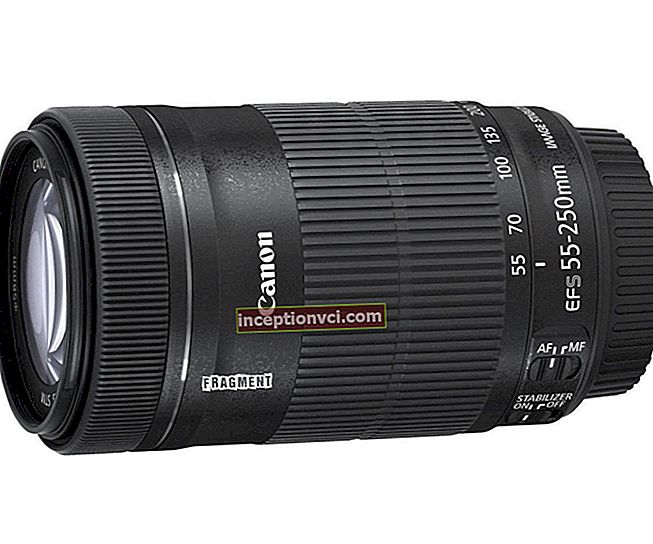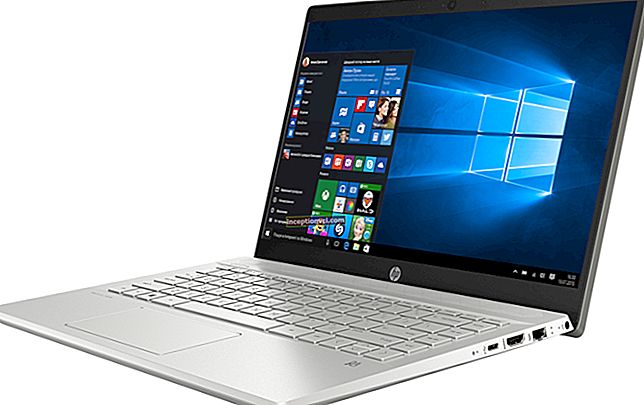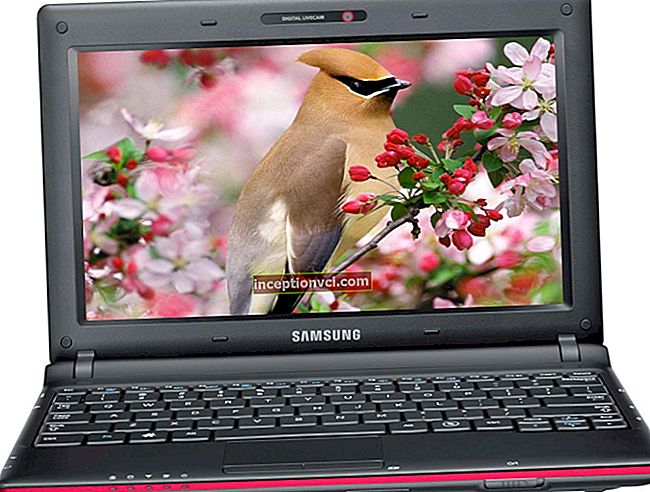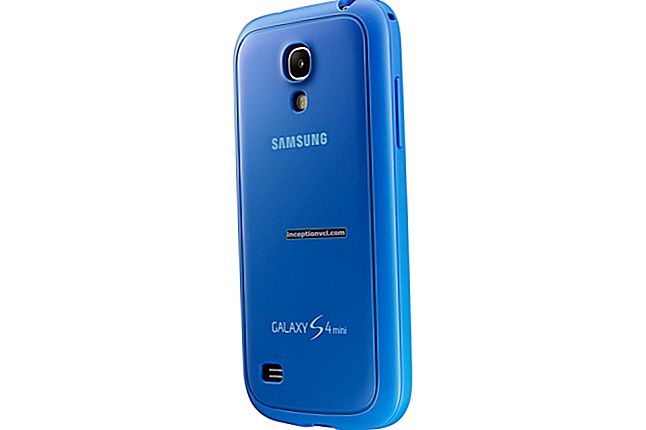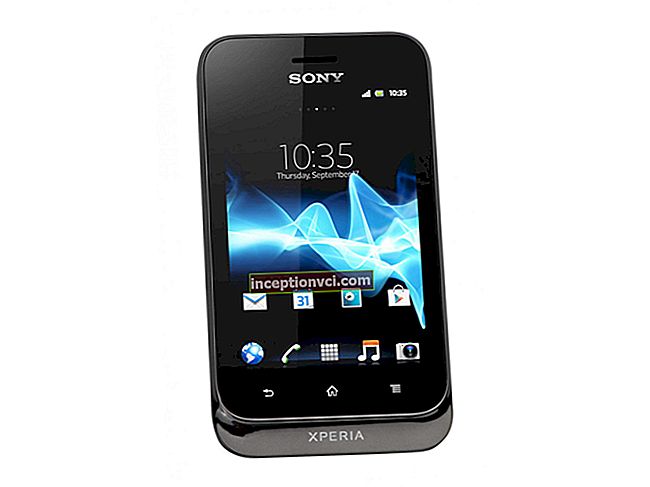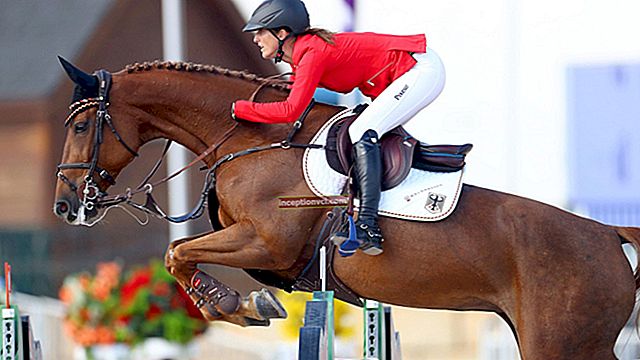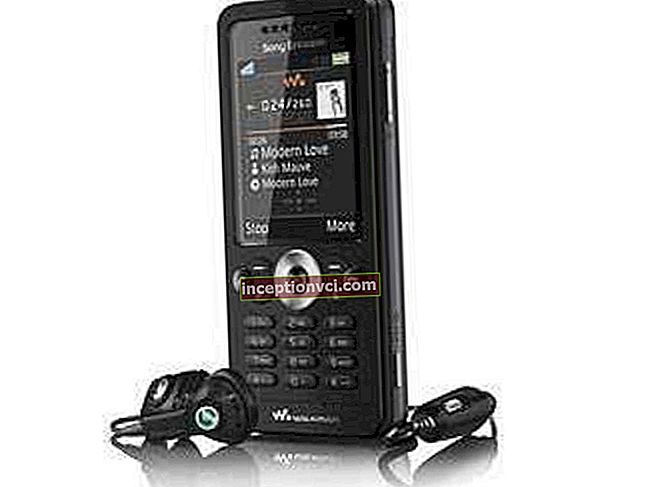How to choose a satellite receiver

The LNB includes such components.
- An irradiator with a waveguide and current-collecting probes. Pin probes are more commonly used. In LNA (low-noise amplifier), a low-noise preamplifier of the signal taken from the probes.
Buck converter based on a local oscillator (resonant sine wave generator).
- Probe switch. Depending on the voltage supplied from the 1318 Volt receiver, it determines in what polarization we will receive the signal. This is a comparator-based high frequency switch that connects the LNA input to one probe or the other.
- Range switch. Not used in all LNB types. For example, in circular LNBs and for the C-band, local oscillators with the same frequency are used: 10750 MHz in the first case, and 5150 MHz in the second. Universal LNB converters use a two-frequency local oscillator. More often 9750 and 10600 MHz.
The use of a dual local oscillator is justified by the fact that the Ku-band is quite wide (2050 MHz), and the width of the L-band used for the IF is only 1200 MHz. Therefore, the Ku-band is divided into two bands 10700-11700 and 11700-12750 MHz. This unit is controlled by a 22 KHz tone signal supplied from a receiver or DVB card.
Functional diagram of the universal LNB converter

- LNA - Low Noise Amplifier
- K1 - commutator for vertical and horizontal polarization probes
- K2 - range switch
- CM - mixer
- Lower - lower local oscillator
- G top. - upper heterodyne
- IF amplifier - intermediate frequency amplifier
- SU - matching device.
Now let's look at the features and characteristics of each of the components.
Waveguide
The dimensions of the waveguide and the location of the probes are determined by the frequency range for which the LNB is intended. C-band tuners have a larger waveguide diameter than Ku-band models. This is due to the different wavelengths. The cleanliness of the processing of the inner surface of the waveguide is important. Although the length of the waveguide of the converter is not long, cavities, sagging and scratches to some extent increase the attenuation and distortion of the signal, thereby reducing the sensitivity of the device. In circular converters, the depolarizer is an essential part. They are different: from dielectric plates to various pins and steps in the waveguide. But specialized circular converters are equipped with normal depolarizers. After conducting experiments, you can try to improve its performance by choosing the material and shape of the depolarizer. After all, it makes a significant contribution to phase noise, which we will talk about later.Irradiator

Irradiators for direct focus (left) and offset antennas
The situation with the irradiator is more complicated. It must ideally receive a signal from every point of the working surface of the mirror, and exclude reception of signals from beyond its limits. This is what the irradiator is for. Its shape depends on the mirror used. The determining factors are - the type of mirror (direct focus or offset) and the ratio of the focal length to the diameter of the mirror f / D.
- For offset antennas, f / D is in the range of 0.6-0.8.
- Straight focus ones have 0.3-0.5. For example, for the Kharkiv antenna CA-903 f / D is 0.636.
Self-respecting manufacturers indicate f / D for their converters. Often, offset converters with a feed are produced either for antennas with f / D 0.6-0.7 or 0.7-0.8. Therefore, if you have a CA-903, choose a head for working with offset mirrors. Their f / D is 0.6-0.7.
If you buy a flanged LNB and match an irradiator to it, then expand your capabilities. Previously, antennas were sold with already selected feeds. There were even f / D.Now this is not often seen. Choosing the right feed will make the system more sensitive and immune to interference.
Well, if you do not complicate yourself the task, then visually or with the help of a thread (fishing line), you can extend the horn of the irradiator and see how it is projected onto the mirror. Ideally, the projection will fall on the edge of the working surface of the antenna. You can move or tilt the converter, but do not abuse it, so as not to lose focus. It is better to choose the shape of the irradiator.Heterodyne
- It should be at a stable temperature
In budget models, cheap components are built-in, with low temperature stability and dependence on the environment. Also, the circuit, assembly and quality of printed circuit boards have not been improved. Considering that the heads are installed in the open air, where the temperature jumps from hot to cold, then oscillation of the local oscillator frequency can cause a lot of trouble.
These problems manifest themselves during operation. In the characteristics of the product, the instability of the heterodyne is not mentioned. Unless a competent and honest sales assistant will warn you about this. Good stability is defined as a deviation of no more than 3 MHz over the operating temperature range.
- The heterodyne should not introduce phase distortion
For an analog signal that used frequency modulation, this was not important. Converters were not standardized for this parameter. In digital broadcasting, phase shift keying (PM) of different orders is used. The higher the PM order, the higher the requirements for phase distortion.
The heterodyne, being a resonant system, has a non-infinite Q factor. When moving away from the center frequency, the power of the local oscillator signal does not decrease to zero. As a result of a certain width of the local oscillator spectrum, phase noise appears, which inevitably leads to an increase in the level of errors at the input of the digital receiver. It is common to define phase noise as the phase noise power ratio in a 1 Hz bandwidth, which is measured in dB / Hz @ KHz. For example, a value of -50 dB / Hz @ 1 kHz indicates that as 1 kHz away from the center frequency of the local oscillator, its power will drop by 50 dB in a 1 Hz bandwidth.
For QPSK, it is generally accepted that -50 dB / Hz @ 1 KHz, -75 dB / Hz @ 10 KHz, -95 dB / Hz @ 100 KHz are acceptable values. The inscription "HD" on the converters means that the manufacturer indicates: in terms of phase noise, such a converter is suitable for receiving even 8PSK.
Gain (KU)
This parameter characterizes the gain introduced by the converter. Typically, KU fluctuates between 50-70 dB. Although this representation is somewhat simplified, since at different frequencies and in different ranges, the values of KU differ. For good heads, the frequency response unevenness in the entire range is no more than 3 dB.
Logically, KU is presented in the form of a graph or table, but some manufacturers average the values. This parameter is important if you have a long cable with high attenuation. For normal reception for 40 meters of a budget cable and one receiver, 50 dB is enough. And such an indicator is given by any converter.
Noise figure [Ksh] and noise temperature (Tsh)
Since satellite signals are weak, the main quality parameter of the receiver is the noise figure. Ksh is measured in dB and indicates the threshold below which the signal is lost against the background noise of the LNB. The lower the Ksh, the more sensitive the converter. He will be able to receive even subtle signals. For example:
- in Ku-band models, Ksh lies in the range of 0.2-0.5 dB;
- for the C-band, the equivalent Ksh parameter is used - the noise temperature.
Noise temperature is a quantity that characterizes the noise level. It is equal to the temperature of a black body. At which the spectral power density of its thermal radiation is equal to the similar power of the noise of electronic equipment.
The lower the TSh of the device, the lower the noise threshold. For C-band converters, the Tsh value is considered normal, about 15 K.
The more powerful the satellites become, the more fierce the struggle of manufacturers for this parameter.
Standing Wave Ratio (SWR).
For high-quality operation of the antenna, it is important to dock the antenna with the feeder path in the entire received frequency range. This means that the output impedance of the converter should be as close as possible to the characteristic impedance of the cable (75 Ohm). It's easy to organize at one frequency, but the output is a whole L-band. This is where the difficult task of creating broadband matching devices falls on the manufacturer. Who coped with this task can be determined by measuring the SWR. More often in practice, the concept of voltage VSWR is used - VSWR.
VSWR = (Upad + Uref) / (Upad-Uref), where Upad, Uref are the voltage of the incident wave and the reflected one, respectively.
Ideally, the VSWR should be 1. There should be no reflected wave. This is only possible with perfect impedance matching.
Otherwise, irregularities arise, from which the waves are reflected. Big troubles lie behind such a "harmless" phenomenon. The superposition of incident and reflected waves leads to phase distortions, and this affects the quality of digital signal reception. With VSWR = 2, the reception deteriorates, which is equivalent to an increase in Ksh by 0.5 dB.
The LNB consumption current plays a significant role in the operation of the antenna system. This parameter lies in the range of 100-150 mA. It is not difficult to measure it with a tester. But in practice, there are heads with a consumption current that significantly exceeds the typical values. Combined with cheap DiSEqC switches, this can cause the switch and terminal to freeze. And the banal economy has not harmed anyone yet. Excess heat in the receiver body is also useless.
When choosing an LNB for your antenna, pay attention to moisture protection and mechanical strength of individual housing elements. It happens that the covers that cover the irradiator are made of low-quality materials. When exposed to high or low temperatures, they crack, and give access to moisture inside the head. What this is fraught with is not difficult to guess. Also, with the wrong choice of cover material, the sensitivity of the LNB can be significantly reduced.
Note: "How to connect your phone to your TV: 3 fastest ways"
Watch a video review of inexpensive receivers for a satellite dish
